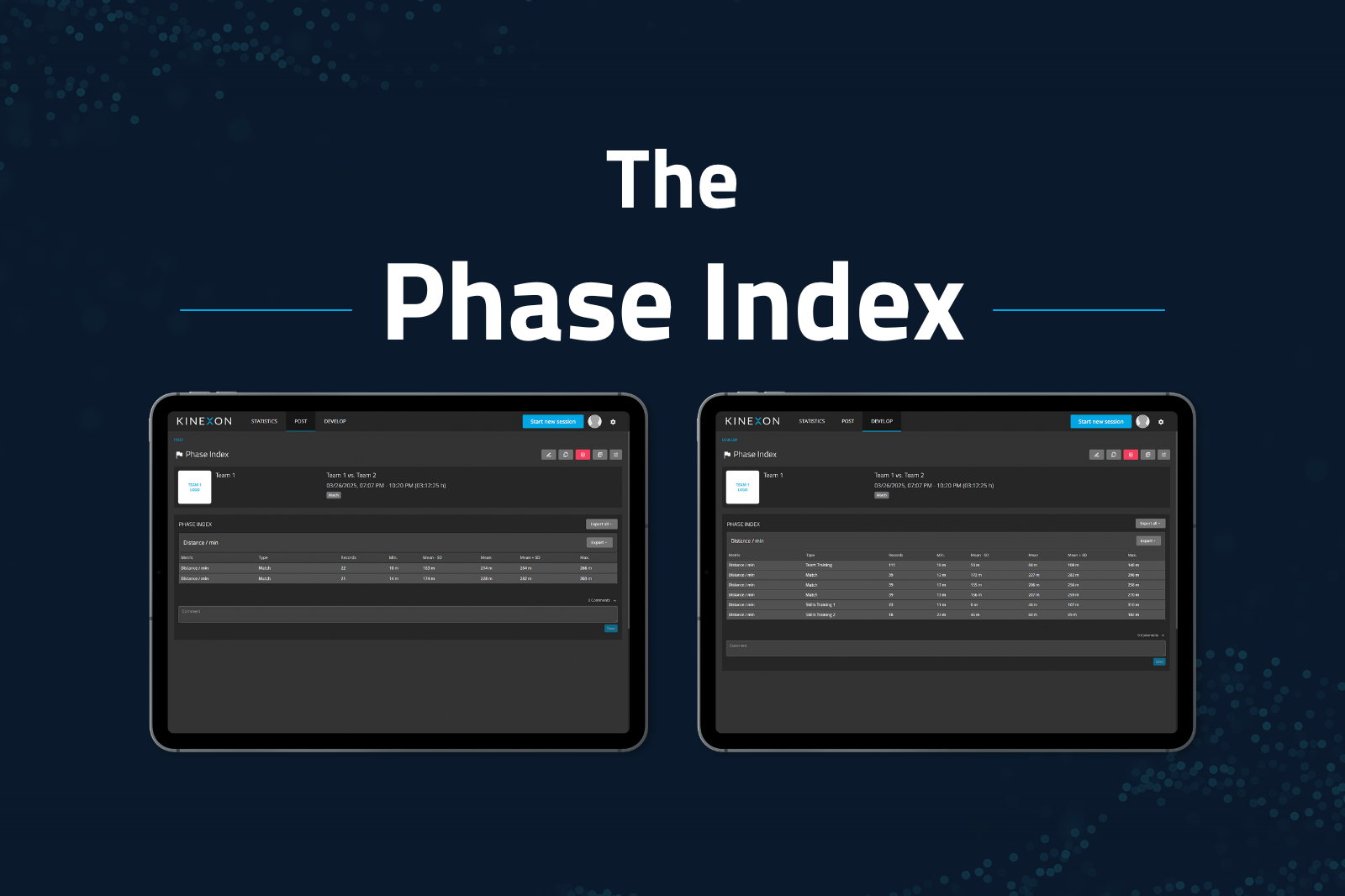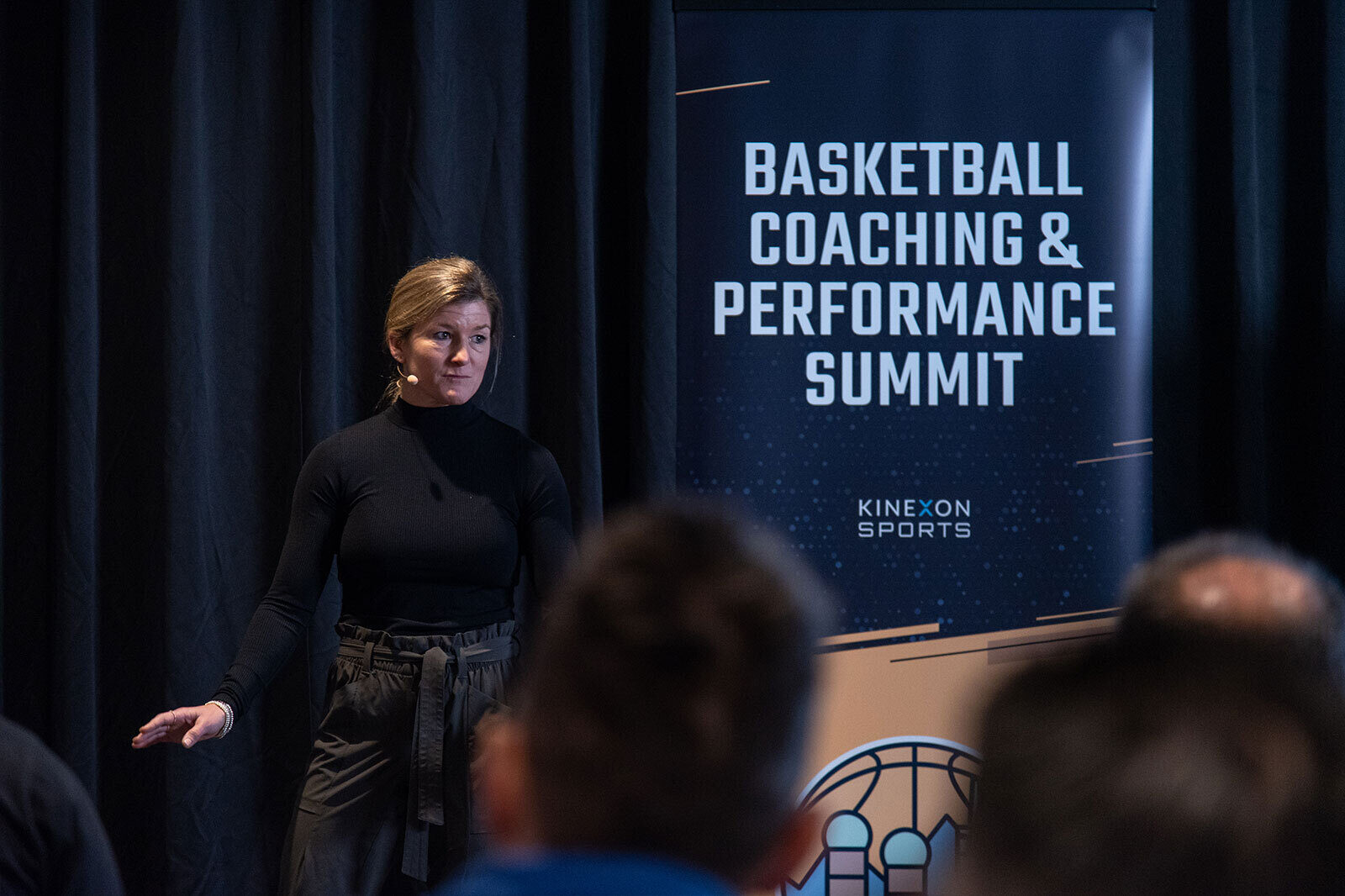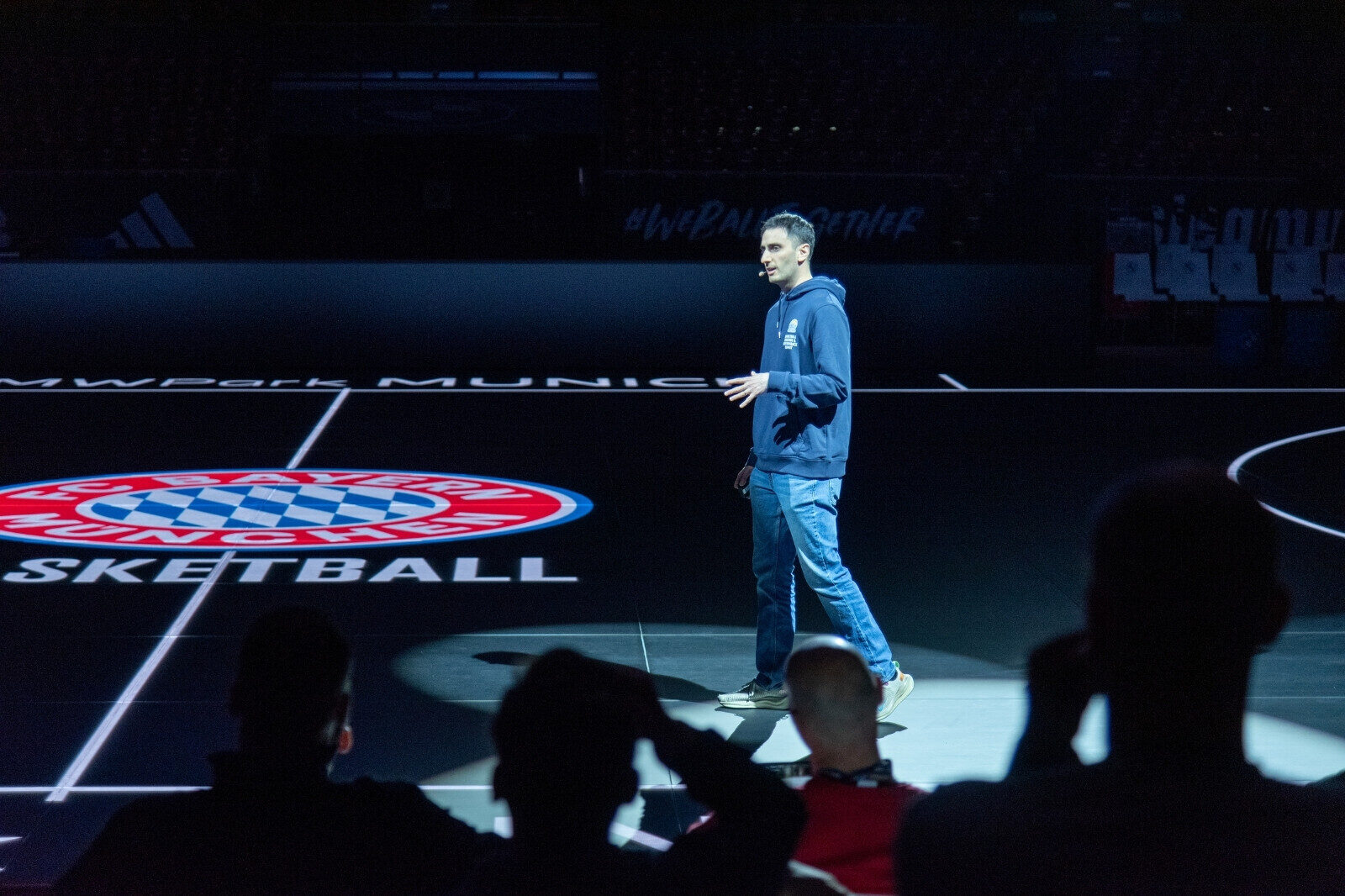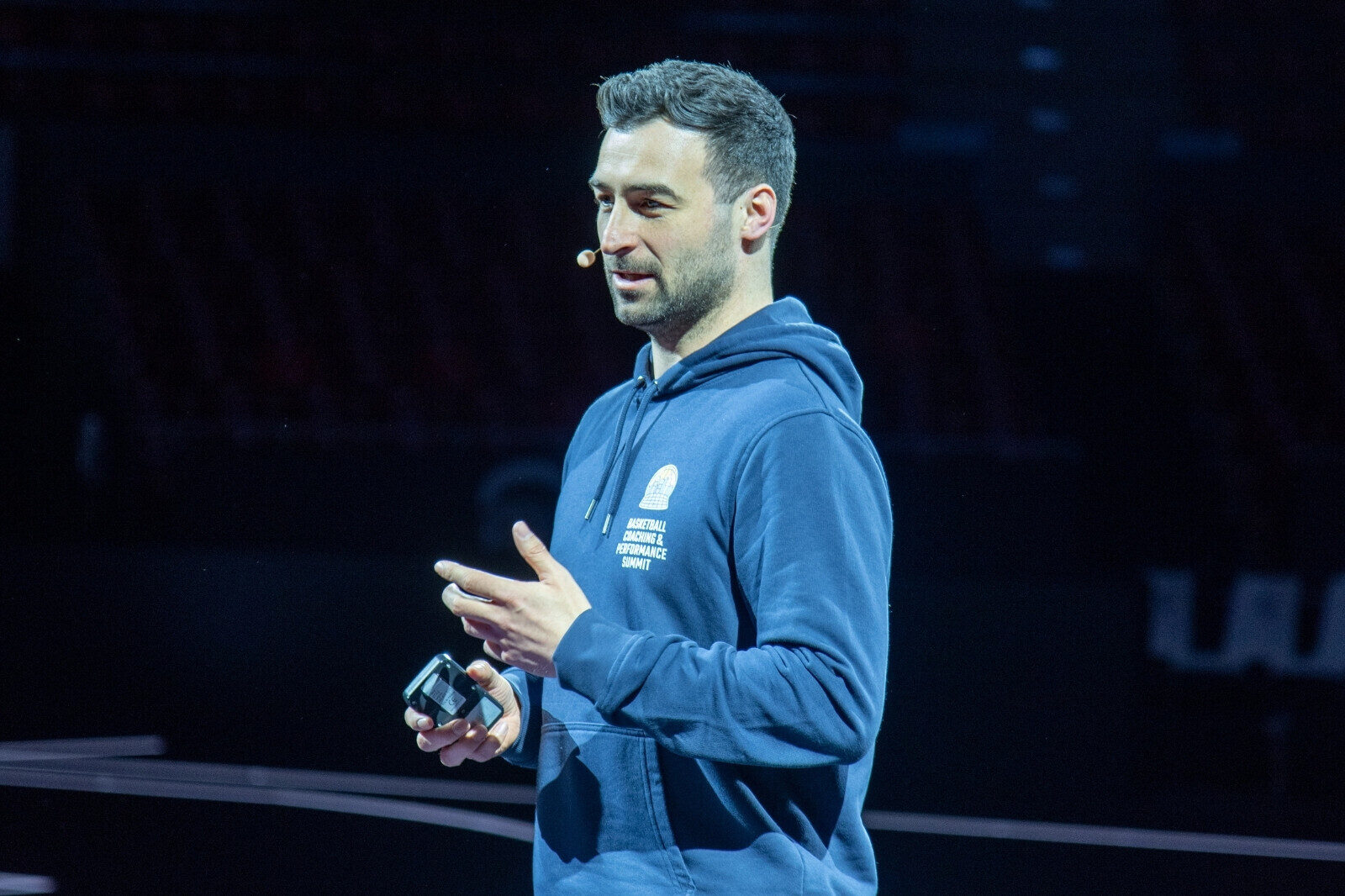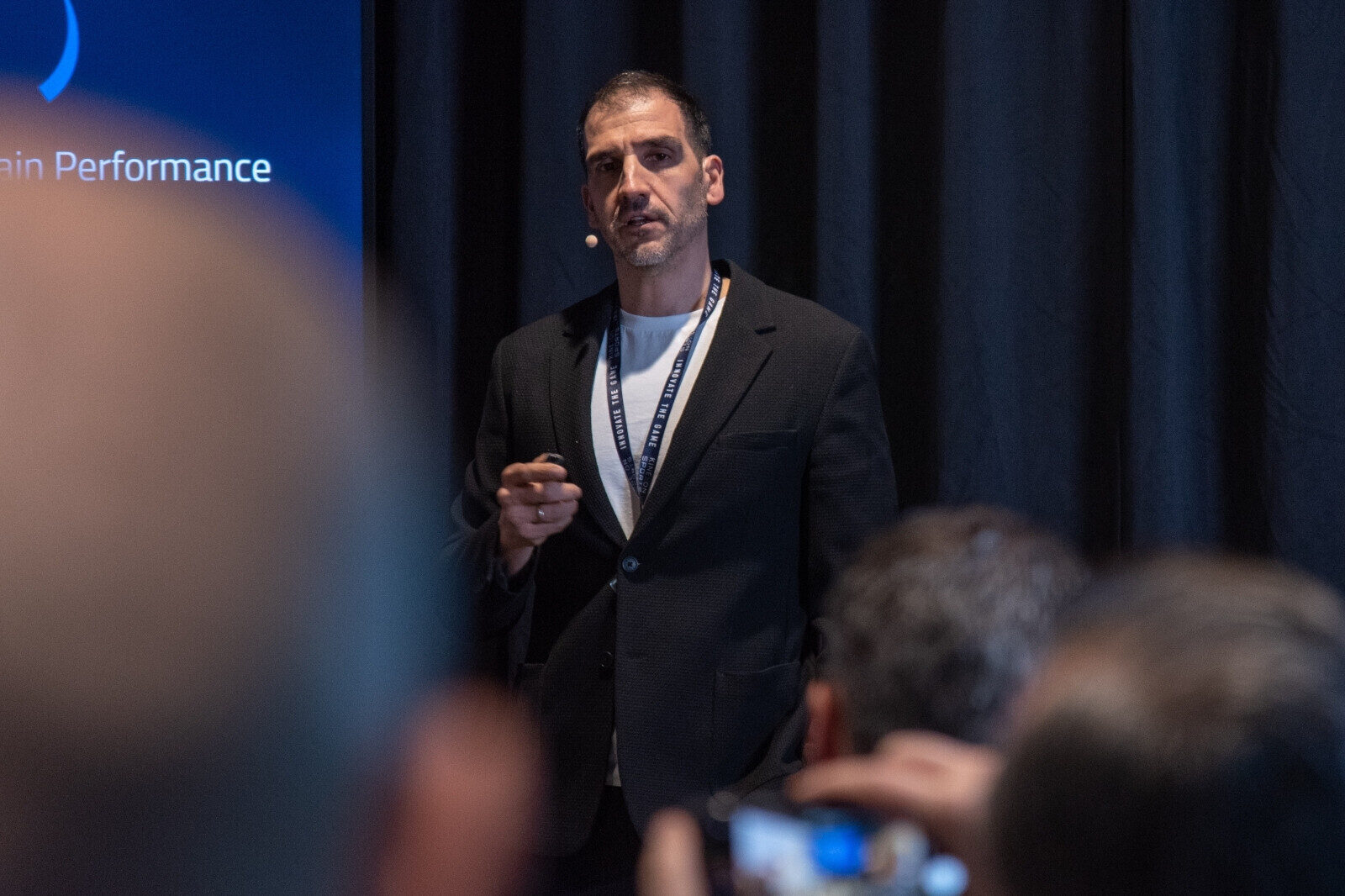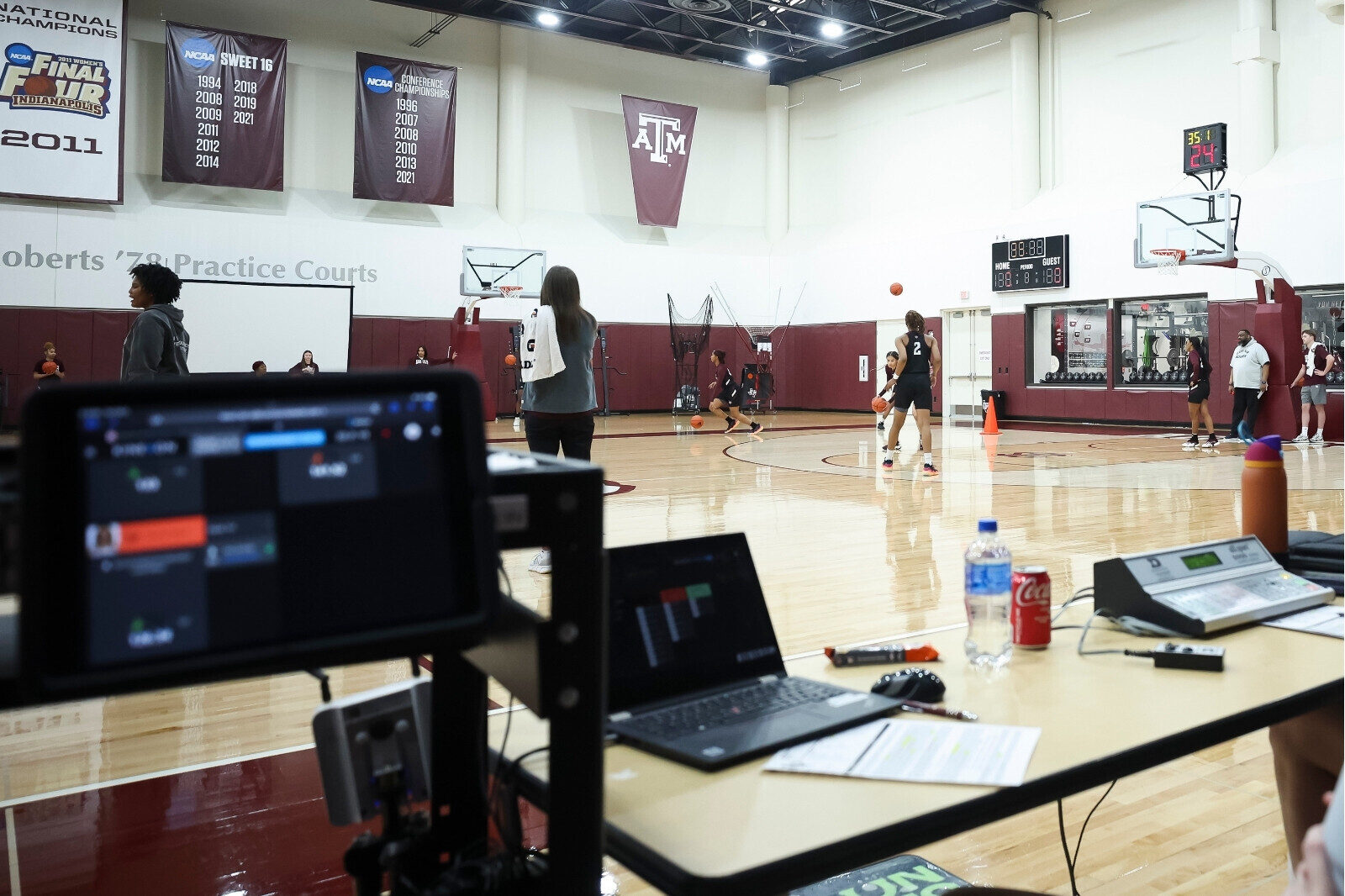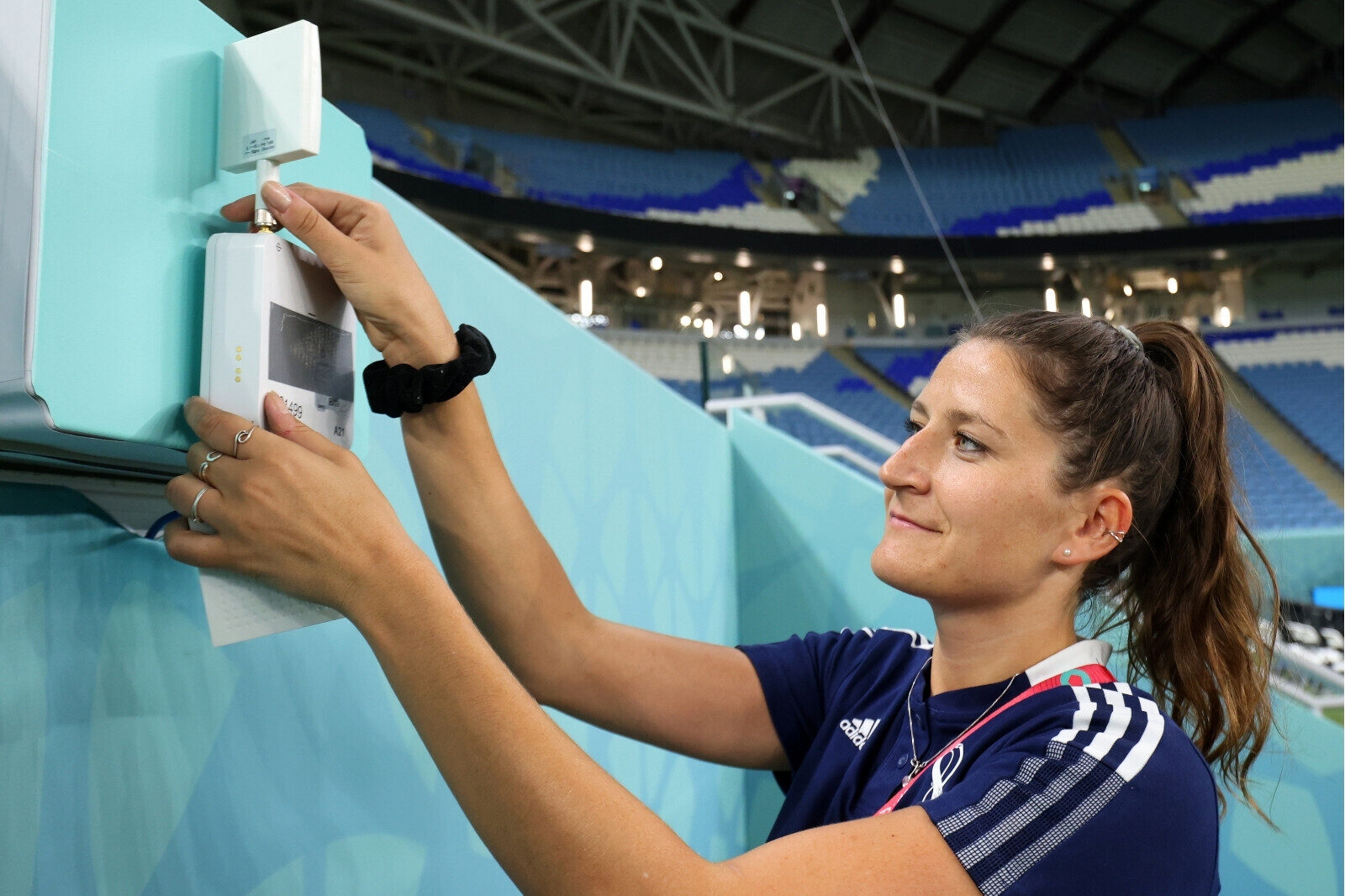How German Bundesliga Clubs Benefit from Player Tracking
The German Bundesliga has used player tracking to enhance the fan experience and support clubs with official match data for a long time. With all stadiums equipped with state-of-the-art camera setups and clubs implementing KINEXON tracking technologies in their practice facilities, the goal is clear: help teams obtain competitive insights, manage the risk of injury, and close the gap between training and match demands. Here is how it works.
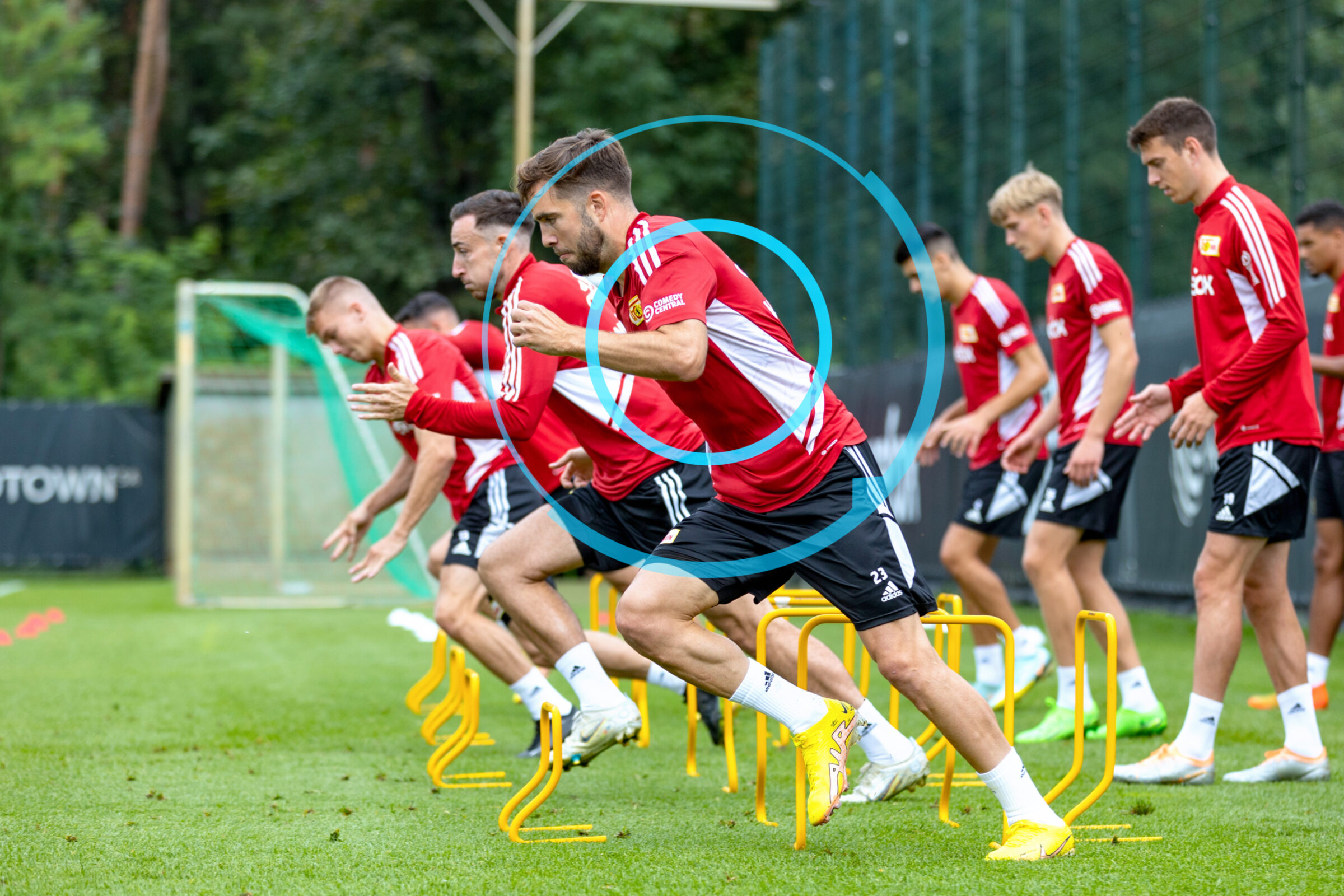
Author: Dr. Guilherme Pinheiro
Football is a complex sport with unpredictable activity patterns during matches. Players regularly transition between short multi-directional, high-intensity efforts and more extended periods of low-intensity activity. Besides, those match demands have evolved substantially, with significant increases in physical and technical demands that are often interrelated.
Hence, player tracking offers support across a myriad of applications, which can be broadly grouped into describing, planning, and monitoring external loads. A common focus: supporting objective decision-making regarding performance and injury risk. Plus, combining technical-tactical and physical data provides teams and coaches with greater context for the physical characteristics.
The German Football League (DFL) has installed an elaborate camera setup in every single 1. and 2. Bundesliga stadium. Every venue has 20 cameras on both sides of the pitch. Additionally, depending on the stadium’s outline, one will find cameras between each goal and behind the corner posts.
German Football Bundesliga: Connecting Optical and Wearable Tracking Technologies
To provide complete athlete monitoring, practitioners often need to combine tracking data from multiple systems. There, wearables play an integral role: every player receives their individual tracking sensor, which they put into a vest or in their shorts’ waistband.
With KINEXON Football, clubs can choose between a cloud-based GPS, the KINEXON PERFORM GNSS, and the UWB-based KINEXON PERFORM LPS offering maximum performance. While the former can be used whenever, wherever, the latter’s unmeasured precision requires a setup around the training pitch.
KINEXON integrates DFL’s optical data into our cloud-based analytics platform to get a comprehensive overview of training and competition data. All data and metrics can be visualized using our analytics platform, which is compatible with nearly any device or computer.
The Benefits of Combining Training and Match Data
That way, coaches and clubs can confidently combine training and match data. They can monitor weekly total volumes, intensities and frequencies of various components of external load. An essential aspect, as through training monitoring and drawing the correct conclusions, coaches can enhance their players’ performance, manage their load to minimize cumulative fatigue, and mitigate injury risk, while accelerating the rehabilitation process and helping injured athletes return to play more quickly.
A crucial tool: the KINEXON Sports APP, which provides advanced API connectivity to athlete management systems, synchronization with video and support for video analysis tools, Customized PDF, Excel and raw data exports. The app opens an intuitive way to monitor, visualize, interpret, and communicate your data!

“In football, the fundamental element for optimizing the players’ conditional performances and preventing injuries is the optimal management of the player load. A central part of successful load management is the ability to integrate data integration from different electronic performance and tracking systems. From a practical perspective, Kinexon enables the seamless integration of different systems, helping practitioners to effectively monitor and interpret match and training load-specific metrics, and ultimately improve player and team performance.”
What Kind of Data Do Bundesliga Clubs Collect?
Bundesliga clubs can paint a sufficient picture of their players individually and as a team. Among the data points, they can find distances covered in different velocity zones, events related to changes in velocity (i.e. acceleration, deceleration, and changes in direction), as well as events derived from the inertial sensors. Coaches can compare an athlete’s peak with their status quo, determining whether training is efficient or needs adaptation.
While positioning data can help set up new playing strategies, external load metrics like sprints and maximum speed and internal load such as heart rate can indicate whether a player needs their load managed more precisely.
With KINEXON, for example, Bundesliga clubs can choose from over 300 metrics. Some of them are:
- Distance (horizontally and vertically)
- Sprints
- Acceleration Load
- Formations of Players
- Heart Rate (average, impulse, recovery)
- Accelerations
- Decelerations
- Maximum Speed
- High-Intensity Runs
- Anaerobic distance time
- High metabolic power distance
- High speed and acceleration time
- Mechanical load and intensity
- Impacts
Player tracking offers Bundesliga clubs loads of possibilities to improve their players’ fitness, have them peak at the right time, prevent injuries and tweak their tactics supported by data. For example, Martin Krüger, Union Berlin’s performance coach, explains how player tracking played a role in the club having the least days missed due to injury during the 2021 – 22 season.
The Future of Player Tracking and Ball Tracking in the Bundesliga
Bringing metrics from wearable devices and optical data together is a big step into the future. Additionally, major football events (e.g. FIFA World Cup, Liga Portugal Bwin) have included player-tracking and ball-tracking data in TV broadcasts and Social Media, offering fans a whole new perspective of the game.
Ball tracking adds an extra layer. In addition to the players’ movements, coaches can witness the ball moving around on the pitch in real time before receiving data such as spin rate and impact force. By making ball tracking data available live for the match analysis, it is also possible to view statistics not just isolated but to look at technical and physical performance metrics in the context of tactical insights.
That empowers coaches to answer recurring questions of sports preparation: they can assess a player’s load with and without the ball, plus how specific team-tactical actions (e.g. high-pressing) affect it. In the end, tracking data helps everyone involved deal with football’s complexity.
Want to know more about our football products and services?

